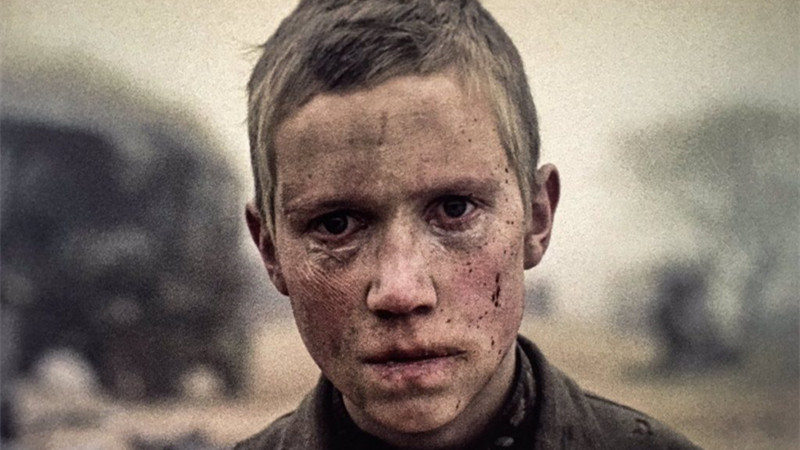
There are some people who argue that sound is 50 percent of the expressive possibility of the film. Though it’s futile to argue the precision of this sentence, there a truth that cannot be denied: when used right, sound and extremely powerful expressive element. The way in which a film builds an atmosphere sometimes is entirely up to the sound design, texture and treatment to sound determine how the viewer experience the film and thus the feeling he or she has.
Here is a list of 10 films where sound plays important roles. These films have great expressive ambitions and thus used their expressive element in creative ways to create unique and moving experiences.
1. The Conversation
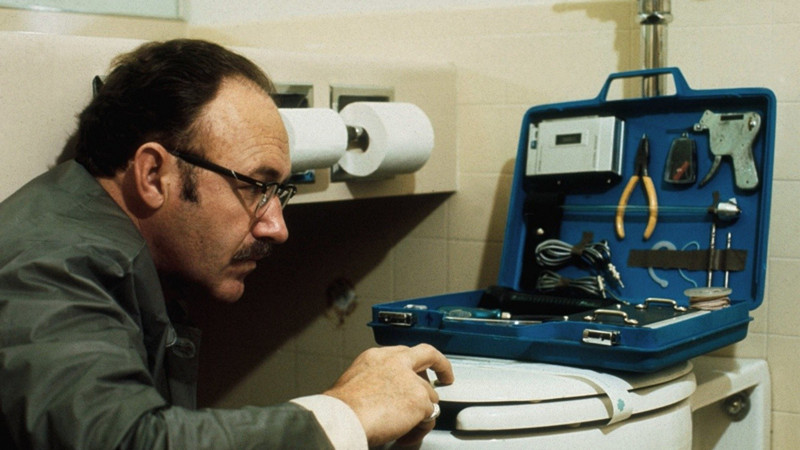
A professional and private investigator specialized in bugging in order to get audio material is hired to record a conversation between a man and a woman. This conversation is extremely hard to record, and thus he is forced to use several microphones and mix the tapes in order to recreate the conversation.
In this task, he starts to suspect that the man and woman whom he bugged may be in danger of being murdered by the man who hired him. The investigator enters a moral dilemma while he tries to figure out what is exactly the conversation is about.
Within this story, Walter Murch created one of the most outstanding and groundbreaking sound designs in film history. In his article Stretching Sound, Murch explain the particularities of this film. He wanted to create a sound that reflected the subjectivity of the main character, as he is trying to figure out a reality that is beyond him, of which he only has fragments.
With him we hear the fragments, and with him we wonder and make assumptions, all of this through the sound that Murch created for the film. The sound of “The Conversation” is a powerful example of how sound can make an audience experience the plot in the subjective role of the main character.
2. Three Colors: Blue
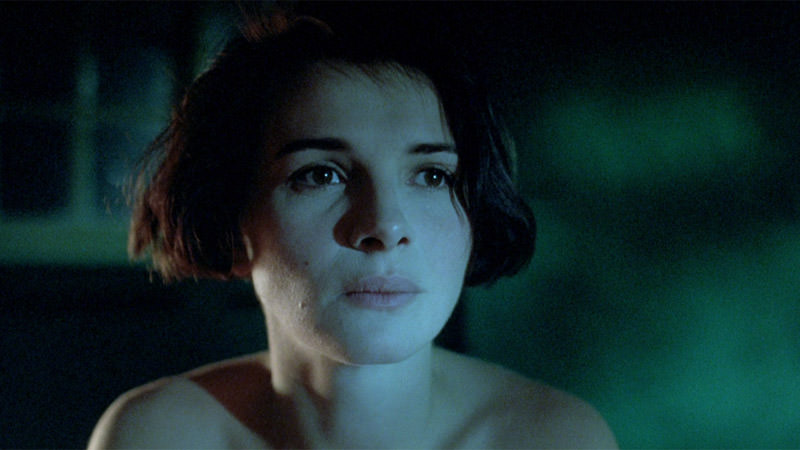
A woman suffers a fatal car accident in which her husband and daughter perish. When she awakens from the accident, she faces the pain of her loss and tries to run away from it. She sells the house where she lived with her family and tries to avoid all matters referring to her husband, who was a famous composer.
But she cannot run from all of her past, and as the pain chases her, she finds several people who were involved with her husband, and she ends up discovering that is husband was having an affair. She also meets new people and even decides to write her own music, starting a life that at the end feels free from the past.
The transformation arc of the woman and her psychological process is extremely complex, but the filmmakers involved in this film found a powerful way of expressing it: music and sound. The sound and music that appear to be coming out of the woman’s mind haunt her as the past does.
The relationship of the woman with the music coming out of her mind develops as her relationship with the past changes through the film. When she finally writes the music, we see her having a completely different relationship with the past, reflected in her relationship with the music.
3. Stalker
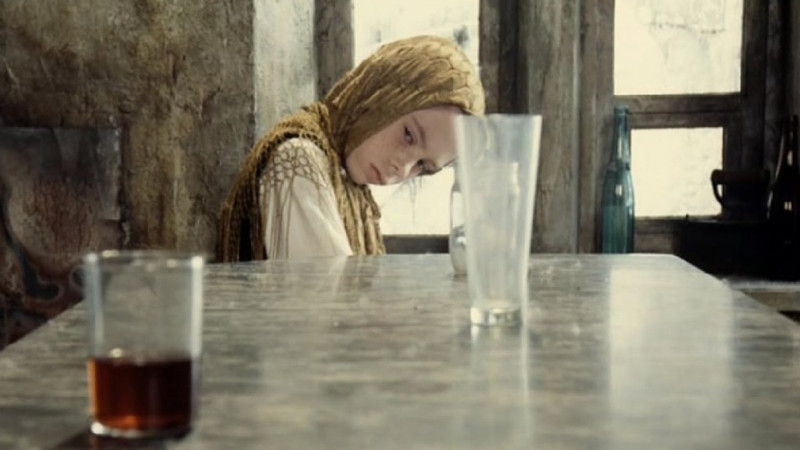
One of Tarkovsky’s masterpieces, and one of his last films. It displays the journey of three men into the Zone, in search of a room where their deepest wish is going to be fulfilled. The men are guided by one of them who is known as Stalker, who appears to be the only one to know the ways of the Zone.
As they travel through it, they have several conversations and experiences in which reality is transformed and altered, as their perspectives on reality and themselves do as well.
The arches of transformation in the film are indeed reflected in the visually stunning long takes characteristic of Tarkovsky, but there is also sound. The films by the legendary Russian director are not addressed commonly by their sound, but there was indeed a lot of care in it. Tarkovsky wanted to create dreamlike experiences with his films in which reality was transfigured, thus atmosphere was a big preoccupation for him.
One of the main tools to create an atmosphere is sound, which Tarkovsky consciously used. In “Stalker” we see and hear scenes where the atmosphere is completely unrealistic but built through organic sounds, and water, wind and earth are constant elements in the atmospheres of “Stalker” which built the dreamlike experience that the films is.
4. Raging Bull
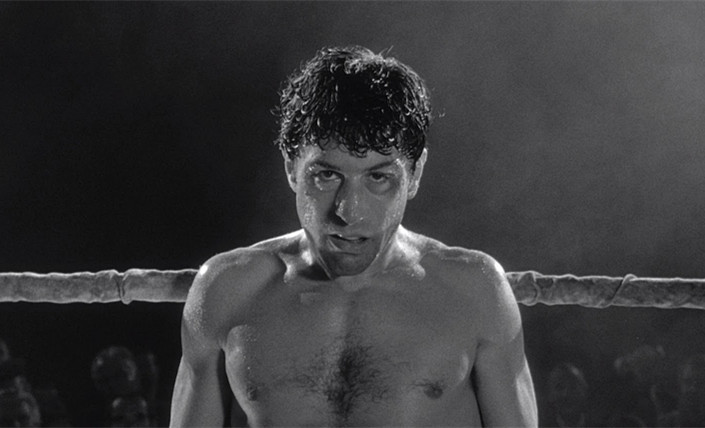
Jake LaMotta is a talented boxer and a tormented human, and through “Raging Bull” we see his professional and human rise and fall. He has a great ambition of being a champion and even though he is truly a wonderful boxer, he is also stubborn and impulsive.
We also see him get married and for a brief moment feel happiness and stability in his life, almost at the same time that he becomes champion. But this does not last, as LaMotta ends up falling in a spiral of self-destruction and toxicity that ultimately leaves him with nothing but his wounded self.
The films of Scorsese always deliver great transformation arches and wonderful rhythm, which relies not only in his visual montage but in the use of sound. There are several and articles on the use of sound by Scorsese, and this is because he is one of the filmmakers who most consciously uses it.
He knows when to be silent, when to make a hell of a chaos and when to use music. The fights of LaMotta are great examples of how not is only the subjectivity displayed with sound in Scorsese’s films, but also how he creates emotionally compelling experience through rhythm.
5. Come and See
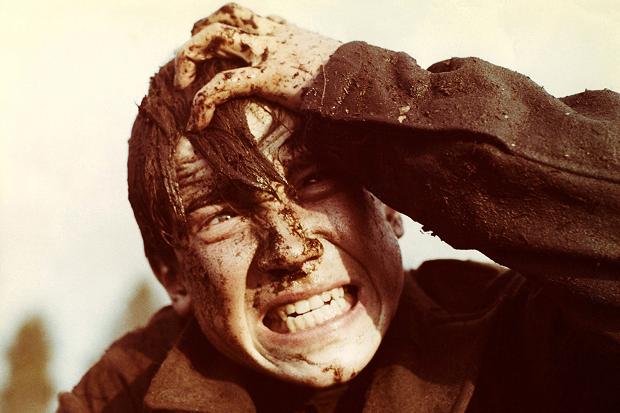
It is ironic how the films that most profoundly defend peace are the most violent ones. “Come and See” is a film that shows what is probably the greatest tragedy for the human race: war. Making a 14-year-old kid the main character of the film displays how World War II stripped the kid from everything he has, ending his innocence and hardening him into a man who has seen the deepest horror that a human being can see and has experiences the deepest pain.
The film needed to express the experience of war from the point of view of a kid. This implied its constant threatening presence, the destructive chaos of its arrival, and post-traumatic feeling of it. The sound is a constant tool to create these three experiences in “Come and See.”
A great scene in which these three elements can be heard is the assault in the forest, when the threat grows closer and closer even though the kid does not notice it, with the destruction heard in the explosion of the bombs and then the white static noise that impels the kid from hearing after the bombing. The scene is a moving and harsh experience that relies more heavily on sound than in image.